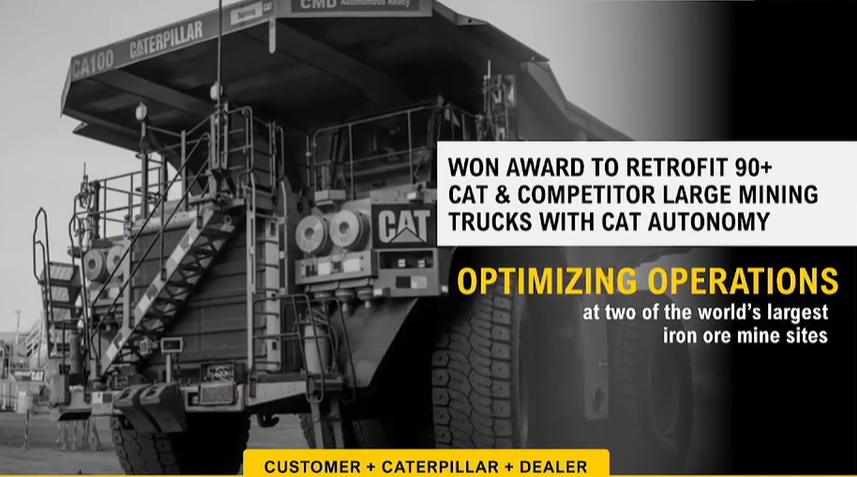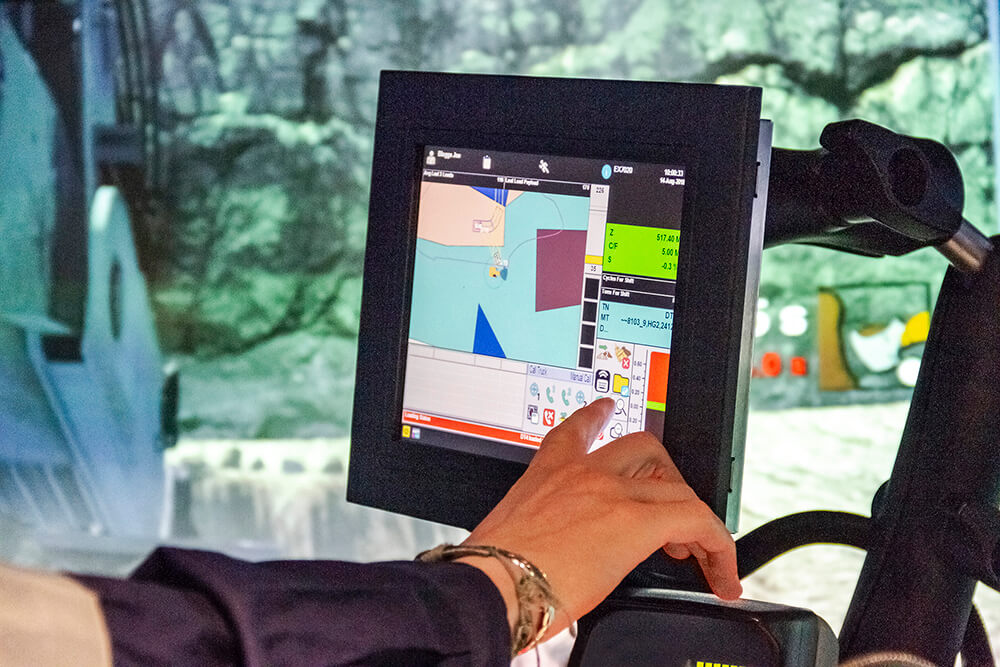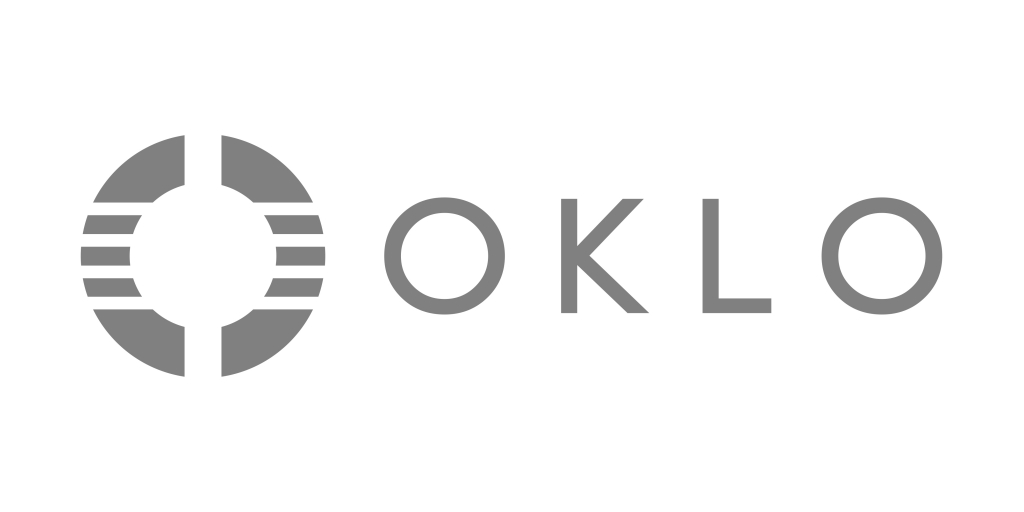As of year-end 2024, Caterpillar stated that it had 690 autonomous trucks using its Command for hauling solution in operation around the world. But it has much bigger ambitions for the technology – at its Investor Day 2025 presentation this week, Cat Resource Industries President Denise Johnson said it wants to triple that number by 2030 – which would equate to a figure of over 2,000 autonomous trucks. This is quite the ambition – but it shows how far things have come – by comparison, back in 2017, Caterpillar only had 100 autonomous trucks running.
She noted: “Caterpillar is the industry leader in mining haulage; and notably, autnonomous haulage – which is poised to rapidly grow moving forward…we are seeing the mining industry entering a new investment cycle…we project mining capital expenditures to grow by 50% by 2030. While much of the increase will be invested in mine development, we also expect healthy investment in mobile equipment and technology.”
Johnson added: “Autonomy and automation are the fastest growing trends in mining, with a projected 12% CAGR, driven by declining ore grades, rising input costs and certainly continued labour issues. We believe the Caterpillar autonomy solution is superior – and we are creating new solutions to create even more value such as flexible pricing and customised deal structures. We’re developing a new tech stack, and software enhancements – not only to improve the user interface, but also improve productivity.”
So where is this tripling of the autonomous fleet on only five years going to come from? A lot of it is going to come from smaller mines and quarries as this is of course a huge untapped market and Cat has already made some progress with key customers like Luck Stone, with whom it achieved 1 Mt autonomously hauled in July 2025.
Johnson said of this market: “We’re working to take our proven autonomy expertise and expand it into quarries…our teams are implementing a customer backed solution which is lighter touch, and lower cost, to really be viable in this industry. And there’s no better way to do the development than with the customer at site – and that’s what the team has been doing with Luck Stone in Virginia…we’re meeting with quarry customers every day, and I’m confident we will see a healthy uptick in autonomy adoption in the quarry space between now and 2030.”
But a lot of the AHS numbers will also have to come from more traction in big mining, and Johnson also cited two interesting examples of new AHS deals and contracts with customers in that space.
First off, oil sands mining major Suncor, with whom Caterpillar and its dealer Finning is working closely at the Syncrude mining operations, which encompass the Mildred Lake and Aurora North minesites in Alberta, Canada, plus Mildred Lake Extension-West. The accompanying slide said that together Caterpillar and Suncor have been seeking ways to drive the lowest, predictable operating cost, and this had resulted in “an autonomous solution with aligned incentives,” to deliver a competitive business together.
Imtiaz Wadiwale, Caterpillar Site Solutions Manager in a video that was also shared said of the Syncrude relationship progress: “We’re developing a deep understanding of what means most to Suncor – cost per barrel, site productivity, and long term performance. As an initial step, we have implemented a cost per hour agreement, through a Cat Job Site Solutions (JSS) agreement, with dedicated Caterpillar fleet management and condition monitoring on 20 Cat 797 ultraclass trucks. This initial agreement makes us contractually accountable to deliver on our commitments…we all have skin in this game through shared risk. They put their trust in us as a team by signing that agreement, and we are determined to deliver.”
The cited autonomous solution is a reference to the next step which will be autonomous trucks – Caterpillar and Finning have already been through the AHS process with a large 797 fleet at Imperial Oil where full autonomy of 81 797 trucks was achieved in 2023 at the Kearl operation. In its latest Q3 2025 results statement, Suncor also refers to the Syncrude autonomy project, citing ongoing investment in “the Mildred Lake Mine Extension West project and preparation for autonomous haul system conversion at Syncrude.”
Implementation of autonomy with the Cat fleet at Syncrude has been long anticipated since Suncor took over management of the operations in 2021. Suncor is already very experienced with AHS and its productivity and maintenance benefits, with the Base Plant mining operations now having 140 autonomous trucks across two mines – Millennium and North Steepbank; while at Fort Hills it has at least 47 running – these are mainly Komatsu 980Es and using the Komatsu FrontRunner system. In June, Suncor’s Executive Vice President – Oilsands, Peter Zebedee stated: “This is all about consistency. Having a large AHS fleet positions our mine to deliver safe and steady production, further cementing Suncor’s position as a world-class mining operation.”
Growing further in AHS in big mining also means addressing more mixed fleets, and Johnson reminded the audience that Caterpillar can deliver a mixed fleet solution as well as deploying autonomy straight from the factory in addition to retrofits.
She continued: “We had a large customer, looking for an autonomy solution to help them overcome productivity and utilisation challenges at two of the largest iron ore minesites in South America. They also needed technology to work across their mixed fleets which included both Cat trucks and competitive trucks onsite. We worked with our dealer to provide a customised proposal, and within that we developed a mixed fleet solution putting our autonomy of the Cat and the competitive trucks – a very flexible commercial model, moving from what would traditionally be a very CAPEX to an OPEX model; and an accelerated timeline for technology deployment. The solution was our differentiator, and we won the award to put our autonomy on more than 90 trucks. Deals like this position us well for future fleet replacements. Many sites around the world have mixed fleets and are looking to activate technology immediately.”
A slide shared during Caterpillar’s Investor Day 2025

The slide referenced 90 ‘large mining trucks’ – while the customer and sites were not named, the photo showed an autonomous truck solution supplied by Cat’s Brazil dealer Sotreq – and in iron ore, Brazil is the only realistic location for a fleet of this size.
There, the prime candidate for such a large number of large mixed brand trucks in an iron ore setting across two open pits is Vale’s Serra Norte – better known as the Carajas complex, part of Vale’s Northern System. The number two iron ore miner in Brazil is CSN but its main Casa de Pedra mine uses mainly Cat 793 trucks. Likewise, Samarco uses a Cat 789 fleet.
Vale’s other very large Northern System operation, Serra Sul or S11D is largely truckless with IPCC systems apart from a smaller fleet of trucks used for where the geometry does not allow for the truckless system to be used. In its Southern and Southeastern System mines, Brucutu is a smaller mine and is already using a fleet of Cat 793F autonomous trucks; likewise the Capanema project is now using a small fleet of Cat 789D autonomous trucks. Vale’s Itabira and Vargem Grande mines are also possibilities, however, for this AHS deal.
Looking at Carajas more closely, there are three main mines currently operating – N4E, N4W and N5. The N4E mine is using an autonomous Komatsu 930E fleet already with Frontrunner. The two other mines have diverse fleets including a wide range of models delivered over many years including the electric drive Komatsu 227 t 830E and 290 t 930E plus the 363 t Liebherr T 282B, as well as mechanical drive 231 t Caterpillar 793Ds and 363 t 797Fs. More recently, Caterpillar has added the 794 AC to these operations.
This focus on automating competitor trucks is interesting, given that as far back as 2017, Caterpillar raised eyebrows by announcing that it had adapted Command for hauling for the Komatsu 930E dump truck. The test truck was still running in 2022 at Caterpillar’s Proving Grounds – Site 17 – near Tuscon as witnessed by IM during a visit. There was some initial success with this program – Fortescue automated a fleet of 930Es with Command for hauling along with Cat 793s at its Chichester Hub iron ore mines in Western Australia following the announcement. But on the whole there has been little new since on automation of competitor trucks.
There are several possible reasons for this, in IM’s opinion. First of all both Caterpillar and Komatsu were running flat out providing AHS solutions for their own truck fleets; both new and retrofit. Then came COVID and the challenges that brought with component availability but in particular logistics – large mining projects were delayed – including those that involved AHS. Automating competitor trucks was just not a top priority. Plus it is harder to do as you are dealing with different truck ages and variants – looking at Komatsu, even with the 930E you have the 930E-5SE; 930E-5; 930E-4 and so on – each has its own slight differences. Then you have the 730E, 830E, 960E, 980E and many variants therein.
The big miners also set their Scope 1 emissions targets, so Caterpillar was focussed on bringing its first all battery large mining truck prototype, which was a conversion of a 793F AC truck, to reality to be able to show those customers what was possible; and then push out the subsequent Early Learner 793 XE battery trucks to the market – there are now running at four sites including BHP Jimblebar, SSR Mining CC&V and Freeport Sierrita.
And working with competitor trucks means a lot more complication in terms of dealing with different systems – notably in telemetry, vehicle interface software and protocols, plus different components and maintenance targets & schedules, and different warranties – even if these are still being dealt with by the competitor dealer or OEM.
But the feeling today is that the competitor retrofit has gone from “something we can do if we really have to” to something they have to be able to do to achieve these new autonomy implementation targets. Many of the big own brand fleet retrofit projects or greenfield AHS projects are already up and running for both Caterpillar and Komatsu; but those single brand fleet projects are becoming thinner on the ground.
Another big factor is that China’s OEM agnostic autonomy companies are coming, and coming very fast – EACON alone has over 2,000 autnonomous mining trucks running with its AHS in China – more that Caterpillar and Komatsu combined and already more than Caterpillar’s 2030 target. And EACON is now starting its AHS journey in Australia.
And that’s across multiple truck types and brands. Granted, it is almost all wide body trucks – but most of them are hybrid or battery. And EACON is not the only provider – CIDI, Huawei and many others are branching out as well. Not only that but many of the Tier 1s who are also Caterpillar’s largest Command for hauling users – BHP, Rio Tinto and Fortescue included – have signed various agreements with XCMG for equipment development and supply; and inevitably OEM agnostic autonomy will become part of that discussion. XCMG has its own AHS offering and a large team working on it – but it also has relationships with EACON and the other big Chinese third party AHS tech players.
In Brazil, the largest mining contractor U&M is well advanced with its own AHS which it intends to offer via autonomy as a service solution, and works closely with Hexagon, which itself has an autonomy kit waiting in the wings utilising smarts from HARD-LINE and xtonomy. Epiroc LinkOA just finished its OEM agnostic autonomy of the Cat and Hitachi fleet at Roy Hill in 54 Caterpillar 793F trucks and 24 Hitachi EH5000 trucks and with over 250 Mt moved. In the quarry space there is also increasing competition from the likes of Pronto, Steer and others.
In addition, many of these new AHS options are focusing on AI-based solutions, with next generation AHS solutions set to offer greater operational flexibility, the ability to work with any FMS, a lower network bandwidth requirement and faster introduction of scenario specific algorithms, plus less dependence on pit patrollers. Of course, Caterpillar and Komatsu are on this AI-driven autonomy journey themselves – Komatsu’s recent tie-up with Applied Intuition being a good example. But it is all indicative of how competitive and more complex the mining AHS market is becoming.
And part of that reflects the vast amount of progress and work being done in the automotive autonomy market in areas like camera based intelligence plus advances in LiDAR, radar and GPS technology and accuracy that can then filter down into mining – plus the cost of sensor tech continues to come down. Finally, the focus on mixing collision avoidance tech with AHS is really gathering momentum now – to better allow manned machines to interact with autonomous machines and move away from ring fenced autonomous zones and bubbles. Again, this is something already happening in China.
That all said, Command for hauling and FrontRunner remain by far the most proven solutions on large trucks, but as we move into this new era of autonomous haulage, hitting these high targets for Caterpillar will require greater flexibility and ability to take on different types of projects with more willingness to adapt its autonomy to the client’s needs. And the Investor Day presentation hinted that this pivoting process is already underway.




